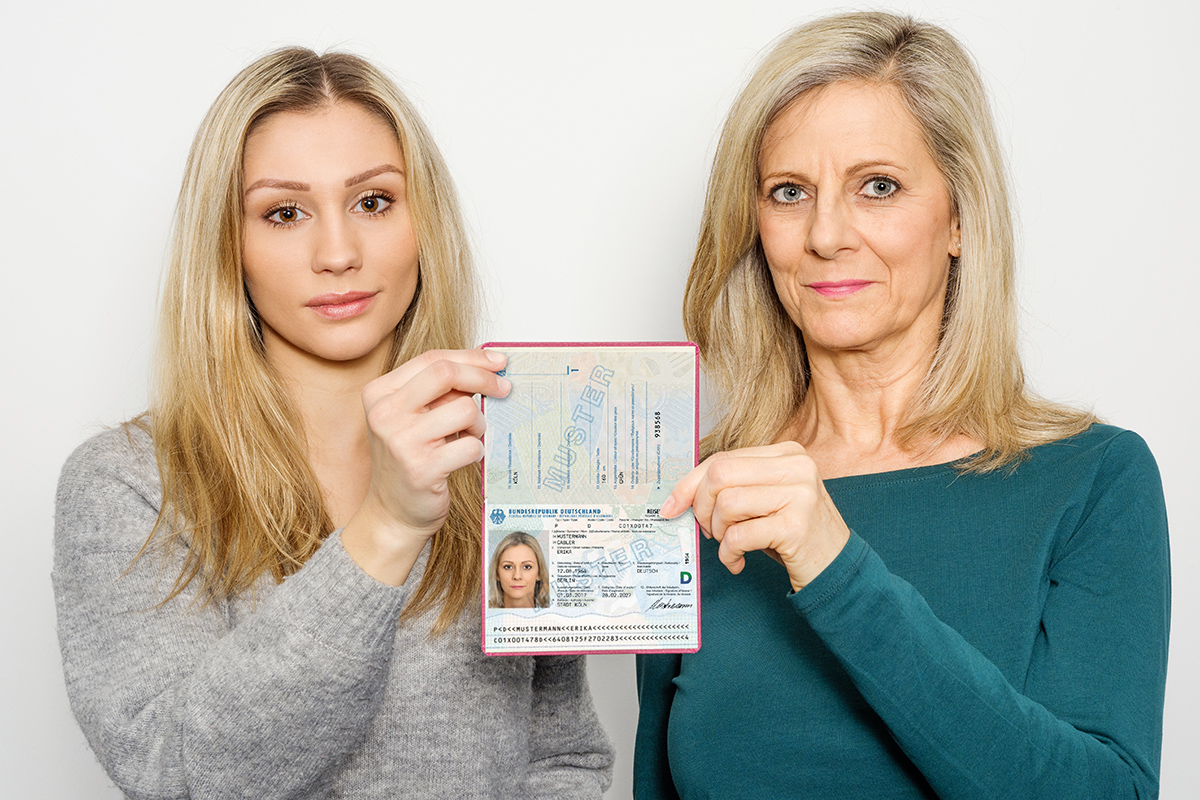Passport photos at passport offices only? Morphing forgeries put pressure on officials
Criminals have been finding weaknesses in biometric photos for some time now. “Face morphing”, as it is called, plays not least into the hands of human smugglers. Fraunhofer IGD technology is helping uncover forged documents and make IDs more forgery-proof.

The enemy of every photo is low quality, caused by various factors including poor lighting and incorrect camera settings. When it comes to biometric photos, the Federal Republic of Germany has only established requirements on composition and background, expression, pose and permitted accessories. Essentially, any citizen can snap a photo of themselves against a white wall using a self-timer¾and thanks to the ever-improving quality of smartphone cameras and image processing software, some do so. These photos pass official inspection since they formally meet the requirements. However, the human eye cannot detect individual facial features that are indispensable to biometric recognition systems. The Fraunhofer Institute for Computer Graphics Research IGD has developed a system that automatically recognizes photos of excessively poor quality.
The problem with poor biometric photos, however, is not the citizens who just want to save themselves a trip to the photographer out of convenience. The issue becomes critical when people specifically manipulate their own photos in order to illegally pass through automatic passport controls at border crossings or airports. Sometimes, scammers even go so far as to employ what is known as “face morphing”: By combining two or even more faces, known points of comparison required by the identification algorithms of biometric systems are precisely overlapped. This means one passport can be valid for multiple people. Since it is very difficult to detect these forged photos, Fraunhofer IGD is actively researching morphing processes and has itself, for testing purposes and using machine learning, created an image database of thousands of morphed photos that previously were unrecognizable as such. Even more important, however, is its work on AI-supported systems, which are being designed to raise the alarm when they detect signs of manipulation.
When it comes to detecting low-quality photos, the researchers are already one step further: As a member of Germany’s national research center for applied cybersecurity, ATHENE, a unique and innovative model of cooperation between academic and private research, Fraunhofer IGD is giving its biometrics experts the ideal conditions for working on ways to make biometric passport photos even more secure in the future.
 Fraunhofer Institute for Computer Graphics Research IGD
Fraunhofer Institute for Computer Graphics Research IGD